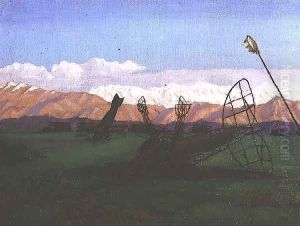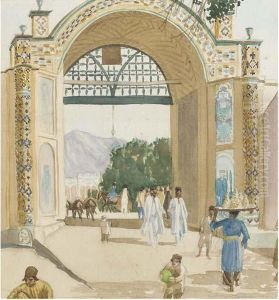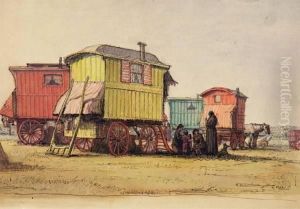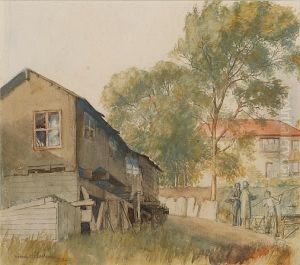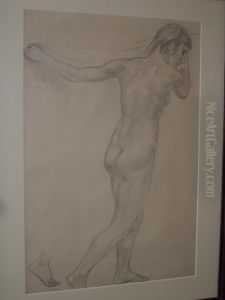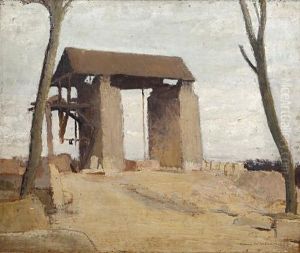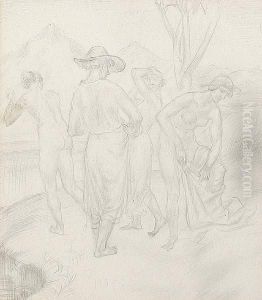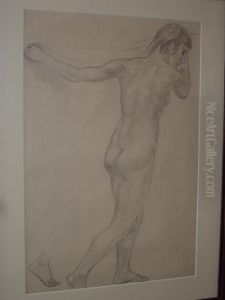Sydney Carline Paintings
Sydney William Carline was a British artist born on August 14, 1888, in London, England. He was part of a family of artists, with both his brother, Richard Carline, and sister, Hilda Carline, being painters as well. Sydney's father, George Carline, was also a painter and an art instructor, which provided Sydney with an enriching environment for developing his artistic talents from a young age.
Carline initially studied sculpture at the Slade School of Fine Art in London, but he soon turned his focus to painting. His early work was influenced by the Post-Impressionists, and he was known for his landscapes and scenes of everyday life. He was also a member of the Cumberland Market Group, a circle of artists who painted in the open air.
When World War I broke out, Sydney Carline joined the Royal Flying Corps as a pilot, and his experiences in the air would profoundly influence his later artwork. He survived being shot down over the Italian front in 1917 and became an official war artist for the Imperial War Museum after the war. His aerial combat experiences led to a unique body of work that depicted dogfights and aerial views of the landscape below, capturing the dynamic energy and danger of air warfare.
After the war, Carline continued to paint and also taught at the Oxford University Ruskin School of Drawing and Fine Art. His post-war work often portrayed the impact of the war, with a focus on airplanes and aerial scenes. He also painted other subjects, including portraits and religious themes.
Sydney Carline's career was cut short when he succumbed to pneumonia following an influenza epidemic. He died on February 14, 1929, in London, at the age of 40. Despite his relatively short life and career, Carline's work left a lasting impression, particularly his contributions to the art of war. His paintings are held in several prominent collections, including the Imperial War Museum and Tate Britain. Carline's work is remembered for its unique perspective on the aerial aspect of World War I and its influence on the development of war art.
